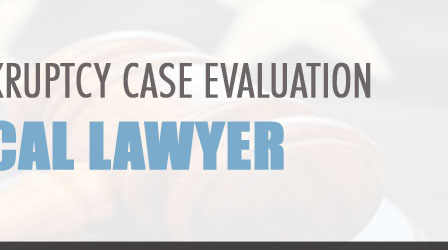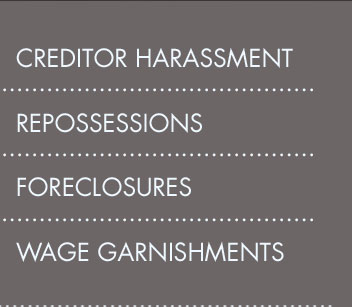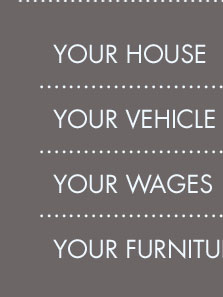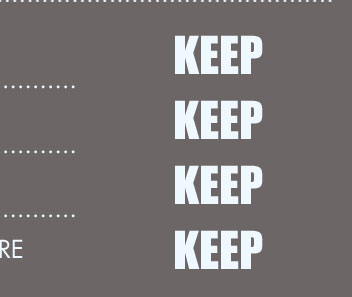 |
 |
 |
|---|
 |
 |
 |
|---|---|---|
 |
 |
 |
 |
 |
 |
|---|---|---|
 |
 |
 |
 |
Understanding Chapter 7 Bankruptcy in Texas: A Comprehensive Guide
Filing for bankruptcy is a significant decision that can have lasting effects on your financial future. In Texas, Chapter 7 bankruptcy is a common option for individuals seeking debt relief. This article provides a detailed overview of Chapter 7 bankruptcy, highlighting its advantages and disadvantages, and offering guidance on the filing process.
What is Chapter 7 Bankruptcy?
Chapter 7 bankruptcy, often referred to as 'liquidation bankruptcy,' involves the sale of a debtor's non-exempt assets to pay off creditors. It is designed for individuals who cannot repay their debts.
Eligibility Requirements
To file for Chapter 7 bankruptcy in Texas, you must pass the means test. This test compares your income to the median income in Texas. If your income is below the median, you may qualify for Chapter 7.
- Income below the state median
- Completion of a credit counseling course
- Filing all required documents with the bankruptcy court
Pros and Cons of Chapter 7 Bankruptcy
Advantages
- Quick discharge of unsecured debts
- No repayment plan required
- Immediate relief from creditor harassment
Disadvantages
- Loss of non-exempt assets
- Impact on credit score
- Potential difficulty in obtaining future credit
It's essential to weigh these pros and cons carefully before deciding to file. Consulting a bankruptcy attorney in Westchester can provide personalized insights based on your circumstances.
The Filing Process
Step-by-Step Guide
The Chapter 7 bankruptcy filing process involves several steps. Here's a brief overview:
- Gather financial documents: Collect all relevant financial information, including income, expenses, debts, and assets.
- Complete credit counseling: Attend a credit counseling session from an approved provider within 180 days before filing.
- File a petition: Submit a bankruptcy petition to the Texas bankruptcy court.
- Attend a 341 meeting: Meet with your creditors and a trustee to answer questions about your financial situation.
- Receive discharge: If approved, your debts will be discharged, typically within four to six months.
Working with a bankruptcy attorney in Woodland Hills CA can simplify this process and ensure all legal requirements are met.
Frequently Asked Questions
What debts are discharged in Chapter 7 bankruptcy?
Chapter 7 bankruptcy discharges most unsecured debts, such as credit card debt, medical bills, and personal loans. However, it does not discharge secured debts or certain types of obligations like student loans, child support, and recent tax debts.
How often can you file for Chapter 7 bankruptcy?
You can file for Chapter 7 bankruptcy once every eight years. This period begins from the date of your previous filing. It's crucial to consider the long-term impact of filing multiple times.
Can I keep my home if I file for Chapter 7 bankruptcy in Texas?
Texas has a generous homestead exemption, allowing many filers to keep their primary residence. However, this depends on your equity in the home and other specific circumstances. Consulting with a knowledgeable attorney can help determine your eligibility for this exemption.
Everyone that files for bankruptcy under Chapter 7 must take a means test. The means test is a formula-based screening tool to see if you ...
Chapter 7 bankruptcy is a liquidation where the trustee collects all of your assets and sells any assets which are not exempt.
A voluntary Chapter 7 can be filed by submitting the original of the following documents to the divisional office that serves the county where your business is ...
![]()